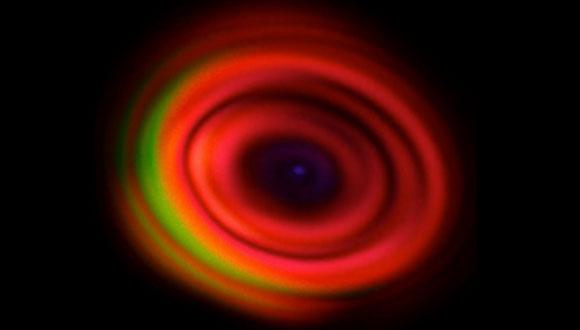LMI Seminar: How X-Ray free electron lasers have transformed our approach towards understanding the structure and properties of matter
Siegfried H. Glenzer, SLAC National Accelerator Laboratory, U.S.A. & IAS Fulbright-TAU Senior Scholar, 2023/2024
A Mortimer & Raymond Sackler Institute of Advanced Studies Lecture
Abstract:
With the advent of high peak brightness X-ray sources at the Linac Coherent Light Source and at the National Ignition Facility, we are now in the position to study some of the most extreme conditions of matter found in the universe. Specifically, our experiments probe dense compressed matter with densities and temperatures found in the interiors of giant planets and dwarf stars [1- 3]. In particular, the pressure and temperature conditions at which precipitation of diamond occurs from hydro-carbon mixtures is important for modeling the interior dynamics of icy planets. However, there is substantial disagreement from laboratory experiments, with those using dynamic compression techniques finding much more extreme conditions are required than in static compression. We have recently resolved this controversy [4] through time-resolved observations of diamond formation from statically compressed polystyrene, (C8H8)n, heated using the 4.5 MHz X-ray pulse trains at the European X-ray Free Electron Laser facility. Diamond formation is observed at conditions representative of Uranus and Neptune’s shallow interiors, on 30 to 40 μs timescales. This is much slower than previously observed during the ∼10 ns duration of typical dynamic compression experiments revealing reaction kinetics to be the reason for the discrepancy. Reduced pressure and temperature conditions of diamond formation have implications for icy planetary interiors, where diamond subduction lead to heating and could drive convection in the conductive ice layer which plays a role in their magnetic fields. I will review these and other recent discoveries in physics and material science that exploit the new X-ray scattering facilities that offer unprecedented temporal, spatial, and energy resolution.
References:
[1] D. Kraus et al., Nature Astronomy (2017).
[2] S. Frydrych et al., Nature Comm. (2020).
[3] Z. He et al., Science Advances (2022).
[4] M. Frost, A. Goncharov, Nature Astronomy (2024).


